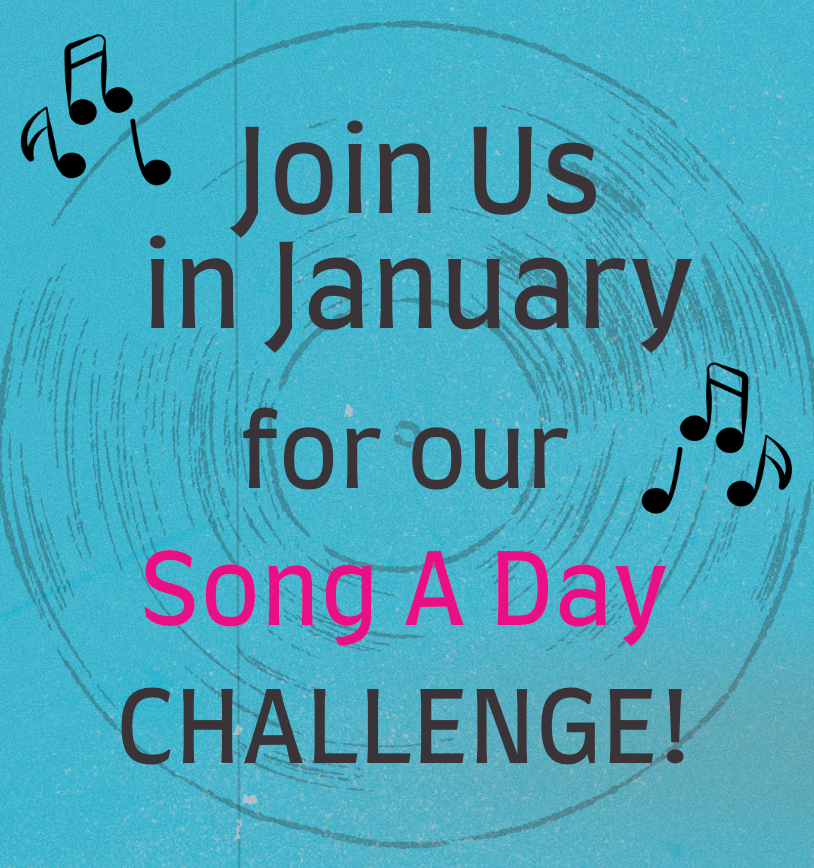
Three Fun Ways to use DAWS in the Classroom
Mar 13, 2024I can still remember the first time I recorded music on a Digital Audio Workstation (DAW). I was in college and had recently purchased a Mac. I had written a handful of children's songs and wanted to make a CD for the parents of a program I ran.
I could record songs on my computer with just my voice and digital instruments??
My life had been forever changed.
As a middle school and high school music teacher, I made it my mission to empower students to record their own music. While technology has changed significantly since I started teaching in 2007, working in a DAW is just as important to me today as it was when I first started.
If you've never used a DAW with students before or you're just looking for new ideas for your classroom, this is a fantastic blog post for you. In it, I'll outline three fun ways to use DAWs in the music classroom.
These ideas are "DAW neutral," meaning they can be done on any DAW and are not specific to one platform. If you're new to using a DAW, there are some great (freemium) cloud-based options for students. We recommend checking out Soundtrap or Bandlab.
1. Get Loopy AND Choppy
Loops are a great way to use a DAW without recording directly into the program. Using loops (or short samples of music) can help you create and arrange while using sounds that are already in the program.
One of the first projects I do with my students is to have them take a loop (or a sample uploaded into the DAW) and duplicate it. Then, we take the duplicated version and "chop the sample" at regular intervals. Students can take the chopped-up version and manipulate it to make it their own. I demonstrate different ways to edit their chopped sample:
- Change the pitch
- Copy and past certain parts of the sample into other sections
- Reverse parts of the sample
- Add effects like fuzz or overdrive
- Delete sections of the sample
Once students are happy with their newly doctored sample, they can add other parts to compliment it like drums or bass! It's fun to compare the original sample and the edited sample.

2. Create a Soundscape
What does it sound like to be in a music classroom? The cafeteria? Your bedroom at home?
Creating soundscapes in a DAW can be a fun way to practice LIVE sound recording and editing. Invite students to select a location, record sounds on their phone or computer, and upload them into a DAW.
Then, students can edit and mix the various sounds until they have a "soundscape" they like.
I also love to use found sounds to create new beats with students. Check out this example of a found sound mix I created using short sound samples from my office. (Note: all screenshots were taken from Soundtrap, my favorite DAW to use with students.)

3. Embrace the AutoTune
No matter what class I teach, students are most insecure about recording their voices and/or singing into a DAW. I get it! I've been recording my music for decades and I still feel insecure about the sound of my voice at times.
To get students comfortable recording their voices AND embracing melody, I harness the power of Autotune. How do we use Autotune in a DAW to do this?
1. Pick a short selection of text or have students write their own.
2. Invite students to speak the text and record themselves--the more inflection, the better!
3. Have students experiment with different levels of Autotune and find an amount that works for them. (Note: Some DAWs will require a plugin for Autotune, while others will have it embedded in the program. Do some googling to find it for the DAW that you use.)
4. Once students have a newly Auto-tuned melody, invite them to (1) keep it as is, or (2) re-record their melody with their singing voice.
5. Invite students to add other layers to their vocal track. They could use loops or newly created parts to compliment the vocals!
The Playground Approach
I love thinking of DAWs as a musical playground. They provide space for us to communicate ideas, work out ideas, and help students learn production skills. You can check out our freebie "creating in a DAW" to gain some ideas.
What about you? How do you embrace music technology in the classroom?
If you'd like to see these projects in action and learn from Kat and me (Sarah), check out our On-Demand course here.

